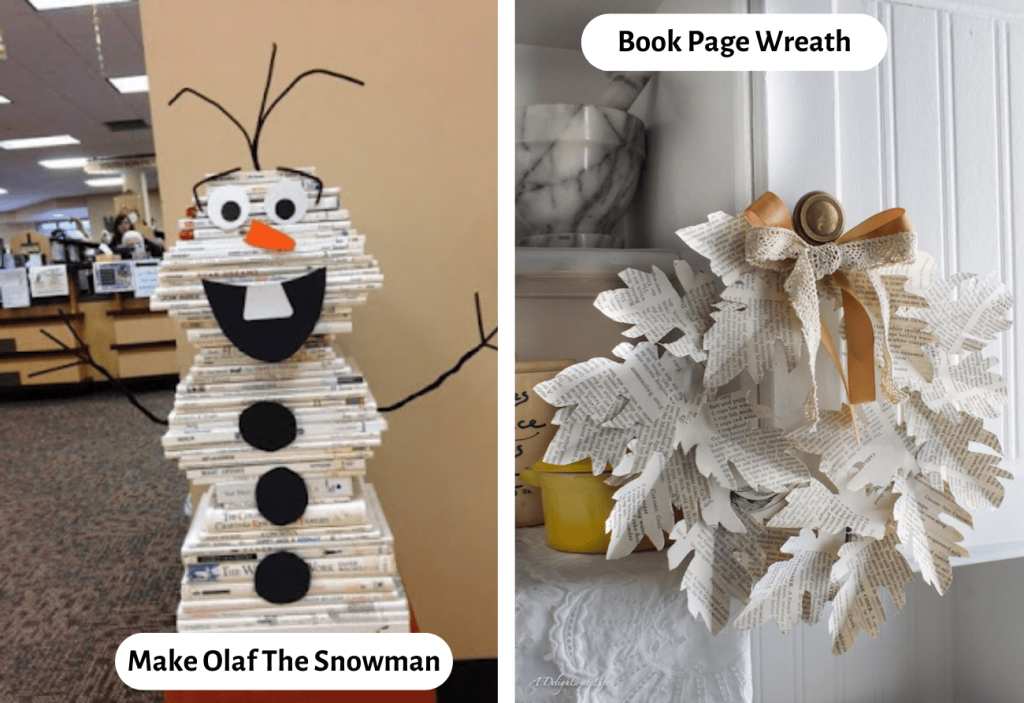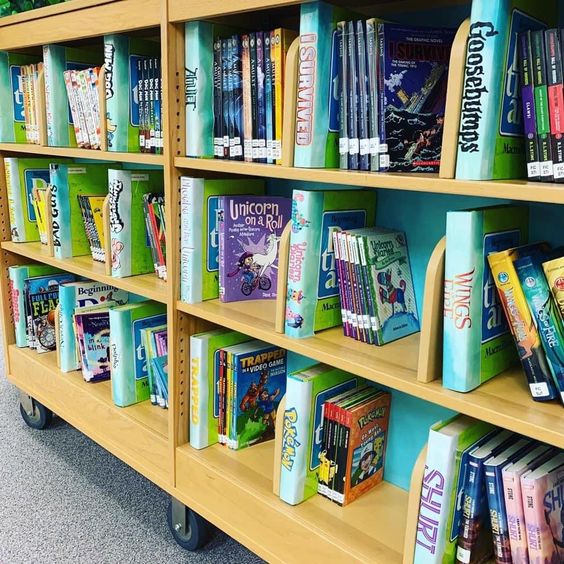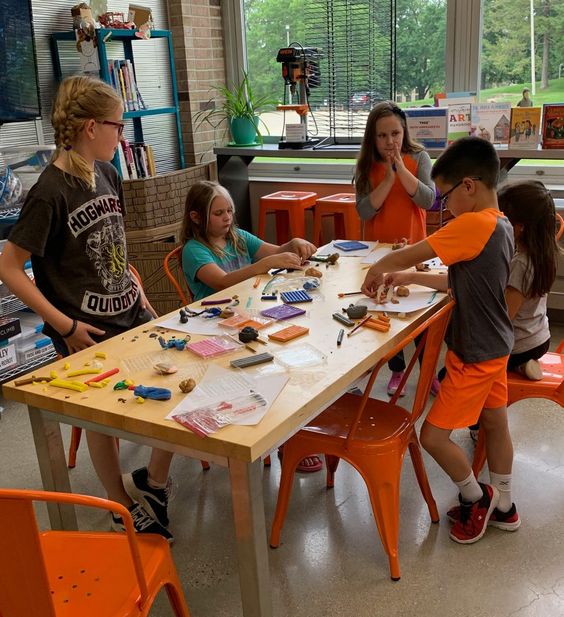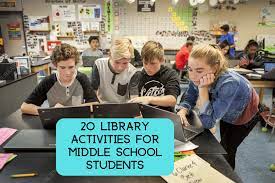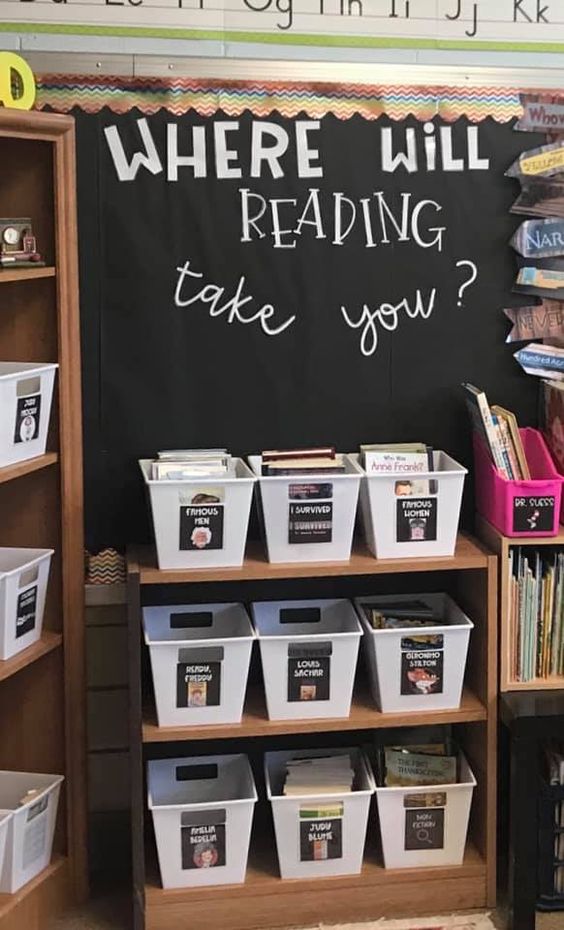1. Book Tree: Collect old books and create a unique Christmas tree by stacking them in a pyramid shape. Decorate with lights, ribbon, and ornaments.
2. Christmas Reading Challenge: Encourage students to read a variety of holiday-themed books during the festive season through a fun challenge with prizes for completion.
3. Book Advent Calendar: Wrap up 25 holiday-themed books and display them in your library. Unwrap one each day in December, revealing a new book to read.
4. Winter Wonderland Makeover: Transform your library into a Winter Wonderland with decorations, twinkling fairy lights, and snowflakes hanging from the ceiling.
5. Holiday Storytelling Session: Invite guest storytellers from the local community to share their favorite Christmas stories with students during library hours.
6. Secret Santa Book Exchange: Organize a Secret Santa book exchange where students choose a wrapped book to give to another student anonymously.
7. Craft Corner: Set up an area for students to create handmade Christmas bookmarks, cards, and ornaments using recycled book pages and art supplies.
8. Write Letters to Santa: Provide materials such as paper, pens, envelopes, and stamps for students to write letters to Santa during their library visits.
9. Blind Date with a Book: Allow students to choose a wrapped holiday-themed book without knowing its title or author. It encourages discovering new stories.
10. Library Scavenger Hunt: Plan a holiday-themed scavenger hunt throughout the library where students search for clues hidden inside various Christmas books.
11. Gift Wrapping Station: Offer gift-wrapping services for those who have chosen books as presents from the library’s gift shop or the book fair.
12. DIY Snow Globe Workshop: Organize an activity where students can make their own snow globes using mason jars, figurines, glitter, and water.
13. Hot Cocoa and Reading Nook: Create a cozy reading area where students can enjoy a warm cup of hot cocoa while reading their favorite holiday books.
14. Christmas Movie Night: Host an after-school movie night featuring festive films based on popular holiday books.
15. Themed Book Displays: Set up special book displays throughout the library to highlight different holiday themes, such as winter, Hanukkah, Kwanzaa, and Christmas.
16. Carol Karaoke: Host a festive sing-along event in the library with students and staff singing their favorite Christmas carols.
17. Gingerbread Library: Collaborate with the art department and have students create and decorate a gingerbread model of your school library.
18. Holiday Writing Contest: Encourage students to craft holiday-themed essays, short stories, or poems with winners receiving prizes and having their work displayed in the library.
19. Book Donation Drive: Promote giving by organizing a book donation drive for local shelters or children’s hospitals during the holiday season.
20. Deck the Shelves: Invite students to take part in decorating library shelves with festive ornaments, lights, and tinsel to spread holiday cheer throughout the space.
